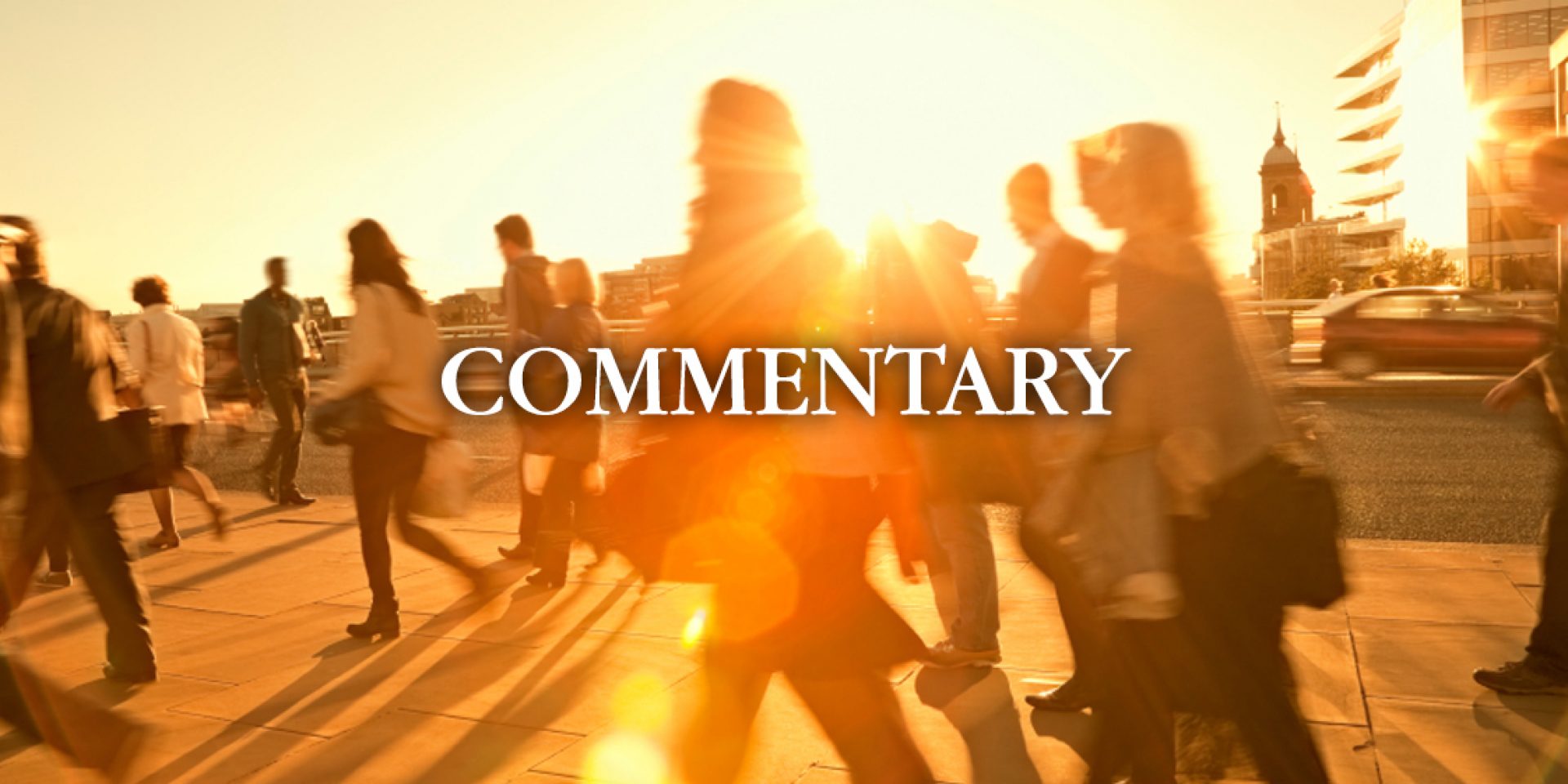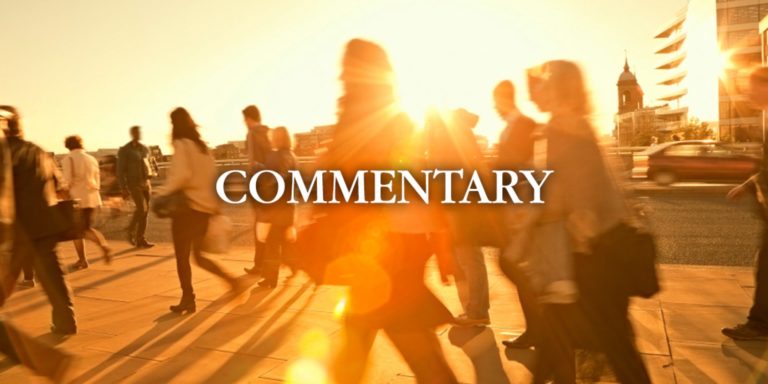The classic sketch “Dinner for One” is a New Year’s tradition in Germany and much of Northern Europe. Miss Sophie’s 90th birthday party and her famous reply to her butler James is funnier if you have had a couple of glasses of champagne yourself. It is the most frequently repeated television program in Germany ever, yet it is still largely unknown in the United Kingdom and the United States.
Same procedure as last year strikes us as an apt perspective on this year. It has been the second year dominated by the Covid-19 virus and its variants, and it is not over yet. For many it has been a year of great challenge and hardship. The restrictions required to prevent healthcare systems from becoming overwhelmed have had a dramatic impact on schools, businesses and governments that will take years to overcome.
Last year it was the Delta variant, this year it is Omicron (formerly known as Nu). It continues to appear that Omicron follows the trajectory of viruses that mutate and become more contagious but less severe in impact. It remains to be seen, however, if hospitalizations and deaths over the next weeks and months will be moderate and therefore the restrictions being put in place as we write will be temporary, or if we face many more months of disruption as we did throughout this year. We have to hope that next year will see a more complete overcoming of the pandemic through vaccination, immunity and treatment.
Yet it has also been a second year of resilience against adversity, with global economic recovery, strong underlying demand for almost all imaginable goods and services, corporate profitability increasing employment and rising incomes.
We believe that the global economy is currently entering a period of strong economic recovery. Omicron increases the uncertainty, but it is likely that once disruptions from the pandemic subside, there will be a massive supply response to the acute shortages in labour, industrial production and the provision of other goods and services. We have spent the past decades inventing the means to address the challenges of the future but now we have to invest to increase capacity and put all of this technology and innovation to work.
Although we expect that the current spike of inflation will pass, we think that global economic growth, higher employment and better wages means that we will go back to seeing sustained inflation. However, we have to remember that rising inflation, tapering and increases in interest rates are only happening because of the good things that are happening in the global economy and in markets.
In order to win the fight against that inflation, investors should think about the two basic types of assets that can preserve and increase their value if there is inflation.
The first is assets that have scarcity. If there is inflation, assets with limited supply can increase in price, the more premium the better. These assets can include real estate, especially in prime locations, traditional stores of value like gold or diamonds, or less traditional ones like works by famous artists or wines from the best vineyards. Buyer beware, but for the more tech-focused the same idea could also include more innovative digital assets that have apparently limited supply like bitcoin or NFTs.
By far the most important and promising opportunities for investors, however, are productive assets, companies that are able to grow their sales and earnings over the long-term. Bonds will struggle with rising interest rates and equities are the most important liquid asset class that can generate value in an inflationary environment.

